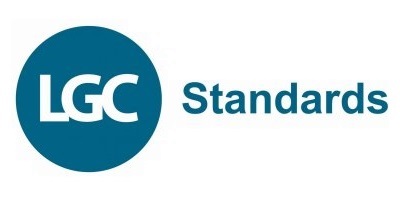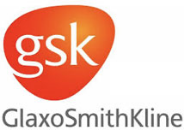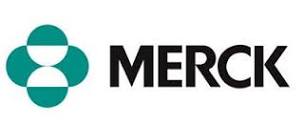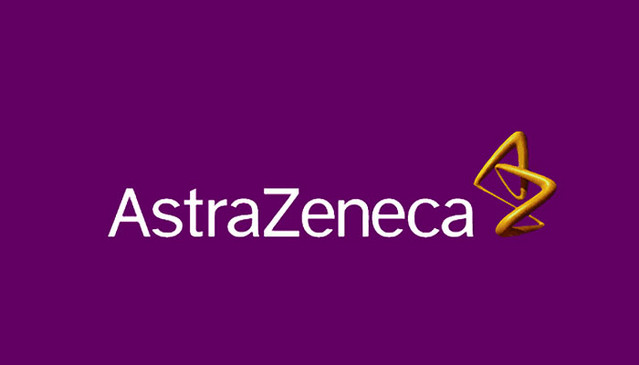An Overview of the UK's Controlled Substances List
Possessing, using, supplying, and even disposing of regulated chemicals is strictly controlled by drug legislation that differs from country to country. The Misuse of Drugs Act 1971 (MDA) and Misuse of Drugs Regulations 2001 (MDR) are the main frameworks by which regulated substances are controlled in the UK, following a scheduling structure similar to that of the Controlled Substances Act (CSA) in the United States. However a very different approach in the way analogues of controlled substances and novel psychoactive substances (NPS's) are defined between the United States and the UK leads to significant divergence in what is considered controlled.
What is the Controlled Substances List?
The Home Office curates a list of regulated chemicals described as the most commonly encountered drugs currently controlled under the MDR, and though it is extensive, it is not exhaustive.
A controlled substances list was published on GOV.UK to create a more user-friendly method of identifying whether or not a chemical falls under the scope of UK drug legislation. Naturally, this controlled substance list focuses on substances with a high potential for abuse. However, unless specifically excepted, all scheduled drugs include salts, isomers, and salts of isomers, esters, ethers, and more.
- Schedule 1: Potentially harmful chemical substances believed to have no therapeutic benefit (i.e. 3,4-methylenedioxy-methamphetamine, or MDMA).
- Schedule 2 & 3: Drugs that can be legally prescribed by pharmacists and doctors with legal authority and which may be possessed with a prescription (i.e. diamorphine hydrochloride).
- Schedule 4: Therapeutic drugs that can only legally be possessed with a prescription (Schedule 4 Part I) or are evidently for personal use (Schedule 4 Part II).
- Schedule 5: Over-the-counter drugs that do not require a prescription for legal possession.
Since 1977 the UK has also made extensive use of a ‘generic statement’ controlling all related chemicals and chemical space with similar affects in the body. The goal is to prevent the deliberate or accidental supply of NPS's. An example of such a statement in the UK is:
“…any compound structurally derived from phenethylamine an N -alkylphenethylamine,a-methylphenethylamine, an N -alkyl-a-methylphenethylamine,a-ethylphenethylamine, or an N -alkyl-a-ethylphenethylamine by substitution in the ring to any extent with alkyl, alkoxy, alkylenedioxy or halide substituents, whether or not further substituted in the ring by one or more other univalent substituents.”
You can read more about these here. These statements, of which there are dozens in the UK regulations alone, means it is not feasible to simply rely on a published list of commonly encountered drugs.
Select drug precursors are also tightly controlled under the MDR to prevent the illicit production of narcotics and psychotropics. Controlled precursor chemicals are classified differently, falling into one of four categories depending on their role in drug production.
- Category 1: Extremely sensitive chemicals readily convertible to a controlled drug (i.e. ephedrine, an essential precursor to methamphetamine).
- Category 2: Less sensitive chemicals with everyday industrial use which are, nevertheless, essential for drug manufacture (i.e. acetic anhydride).
- Category 3: Reagents and solvents often used in drug manufacturing (i.e. acetone).
- Category 4: Specifically pertains to medicinal and veterinary products containing ephedrine, pseudoephedrine, or their salts.

A range of supplementary resources are typically needed for end-users to determine if they need a license to produce and/or supply certain compounds, or check there chemical collections to ensure they have no such compounds. The full MDR regulations contain all the substances and categories of substances under Schedules 1–5. Still, these are regularly updated, and the burden of responsibility to react to reclassifications remains firmly with the user.
Furthermore, there is a common misconception that research or small amount exemptions apply to many substances listed as controlled. This is untrue. Users need not exceed a maximum amount of substance for criminal prosecution to be a risk, and a Home Office license should be obtained if you are handling any regulated chemicals on the UK’s controlled substances list.
How can Scitegrity Help?
Controlled Substances Squared is a proprietary Scitegrity system that simplifies controlled substances compliance. Enter a chemical name or structure (even novel or proprietary), and Controlled Substances Squared will tell you how and where it is regulated, with coverage of national controlled drug legislation in over 28 countries, including UK legislation like the MDA and MDR—interested in securing and streamlining your compliance? Request a demo today.
Trusted by our Clients











